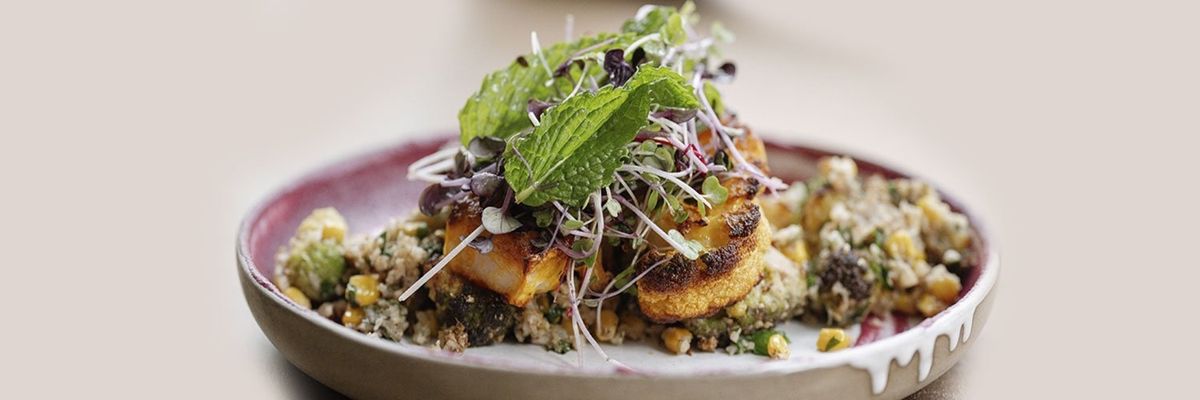
Dining at Michelin-starred restaurants promises a high-end foodie experience without comparison. Among the sea of options in the Michelin Guide, you’ll find plenty of Latino restaurants that offer traditional Latin American flavors or Latin American flavors with a bit of a spin to them. Elcielo Miami, Imperfecto, and Causa stand out with their Michelin stars. However, whether they have a star or not, these restaurants have the Michelin stamp of approval and they offer unique dining experiences. Here are some of the best options to consider:
Mexicosina
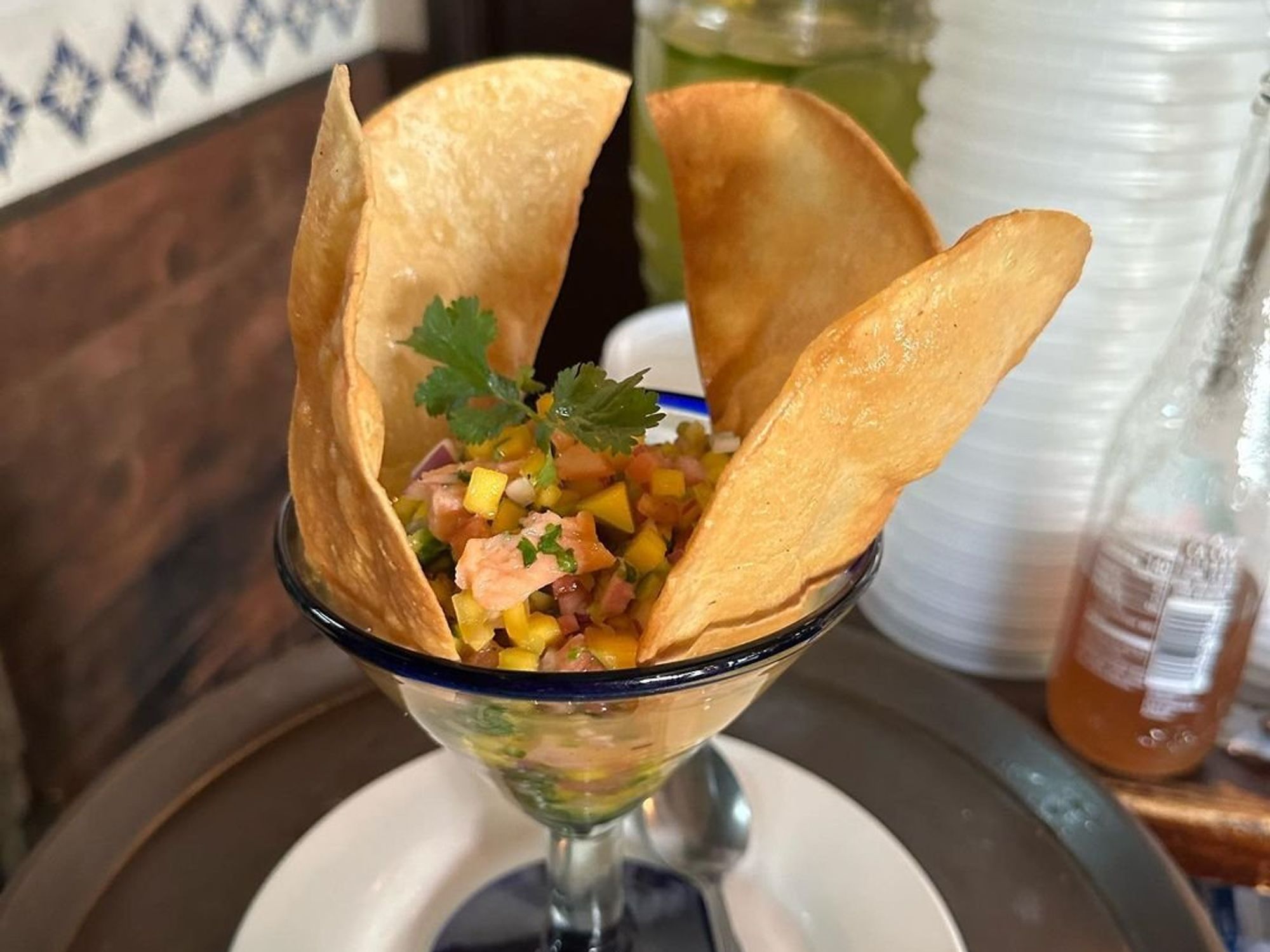
Photo by Mexicocina_mezcaleria on Instagram
Located in New York and founded in 2008 by Antonio Vilchis and his business partner Ismael Gonzales, Mexicosina is a powerhouse in south-central Mexican food. This restaurant is known for its vibrant decor and authentic Mexican feel. Mexicosina has a “Bib Gourmand” distinction on the Michelin Guide, which means it’s a quality restaurant. The Michelin Guide recommends the tlayuda from their menu, a dish that consists of a crunchy tortilla base topped with refried black beans, chicharrón, Oaxaca cheese, and more. You will also find standouts like goat stew, lamb barbacoa tacos, delicious salsas, and refreshing drinks like horchata, agua fresca, and more.
Casa Ora
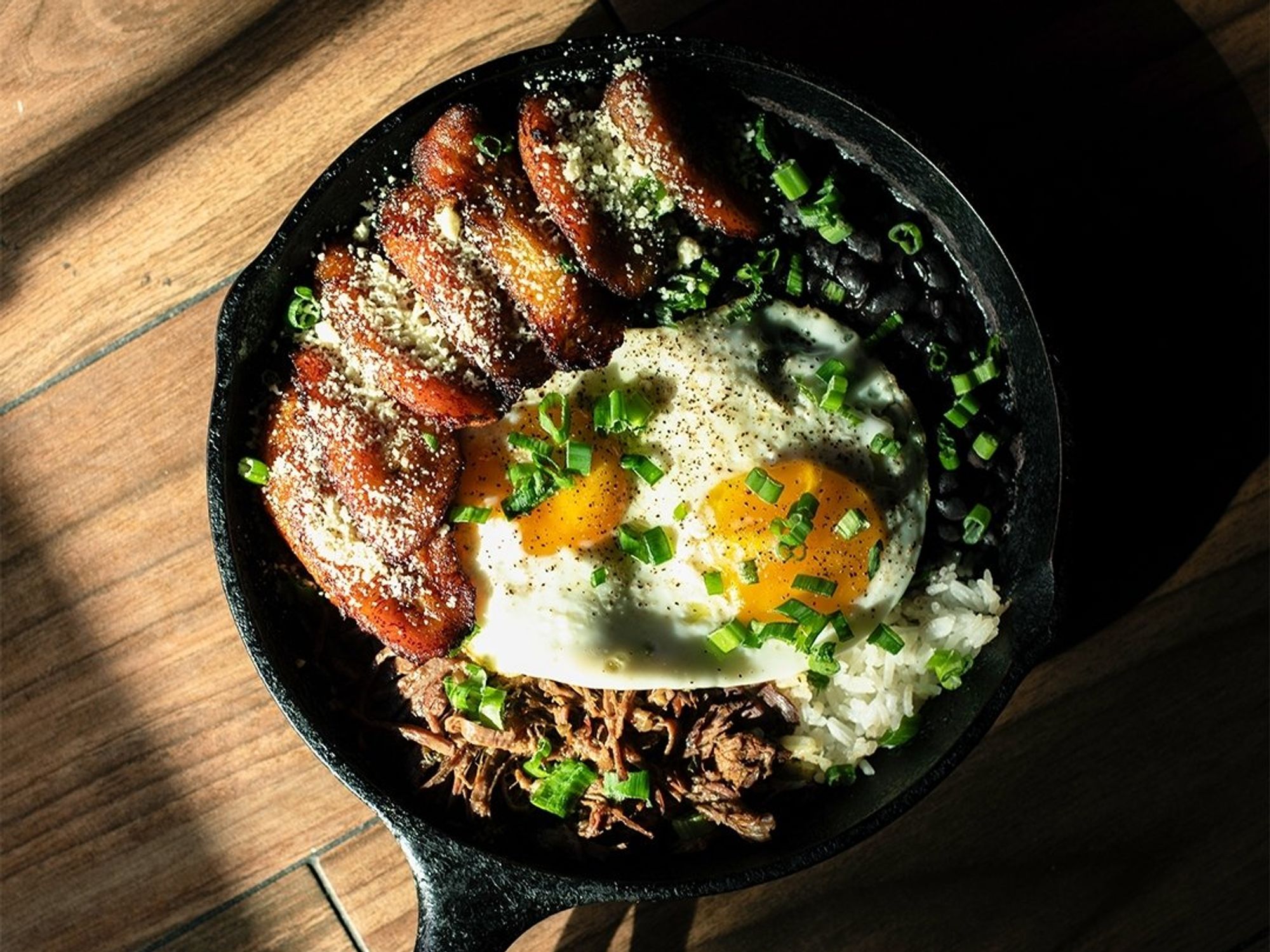
Photo by casaoranyc on Instagram
Also located in New York, Casa Ora is a Venezuelan restaurant founded by chef Isbelis Diaz and Ivo Diaz, her son. This restaurant featured in the Michelin Guide is known for its great variety of Venezuelan dishes, which are as authentic as they get. They even serve their food on artisanal pieces made by Venezuelan artist Victor Serrano, providing an experience for all the senses. Their empanadas are one of the standout dishes, but other popular options include asado negro, arepas, bollitos pelones, and more.
Dama
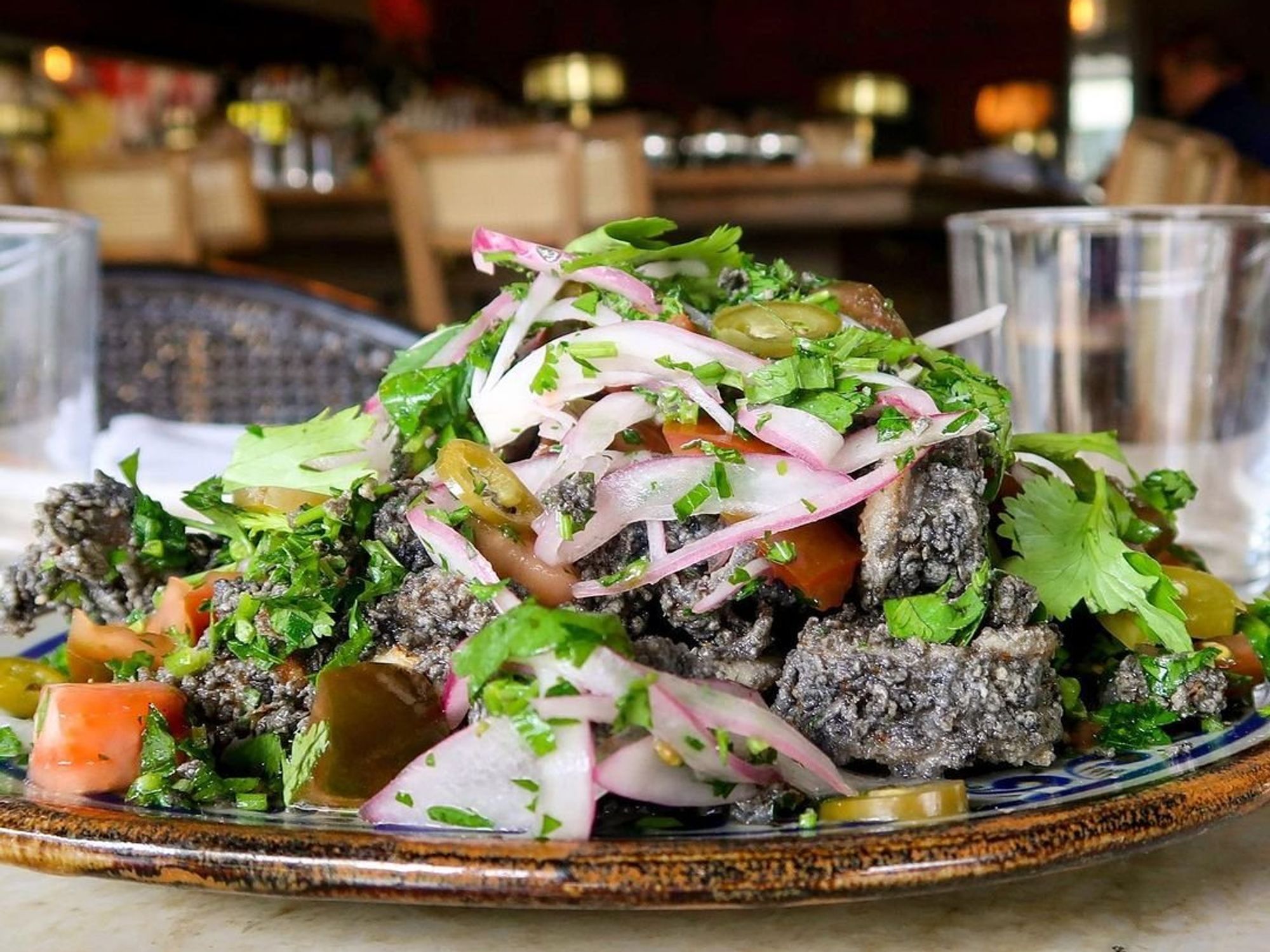
Photo by damafashiondistrict on Instagram
Located in Los Angeles, Dama offers Latin American and American Contemporary cuisine. The restaurant is known for its Caribbean aesthetic and for how satisfying the food is, which earned it a spot on the Michelin Guide. They have a varied menu that includes delicious options like dry-aged ribeye, which can be paired with salsa verde for heavenly tacos, arepas, tostadas, empanadas, and more. Dama also serves some killer cocktails with Latin American vibes like piña colada, “Latin lover,” and more.
Llama Inn
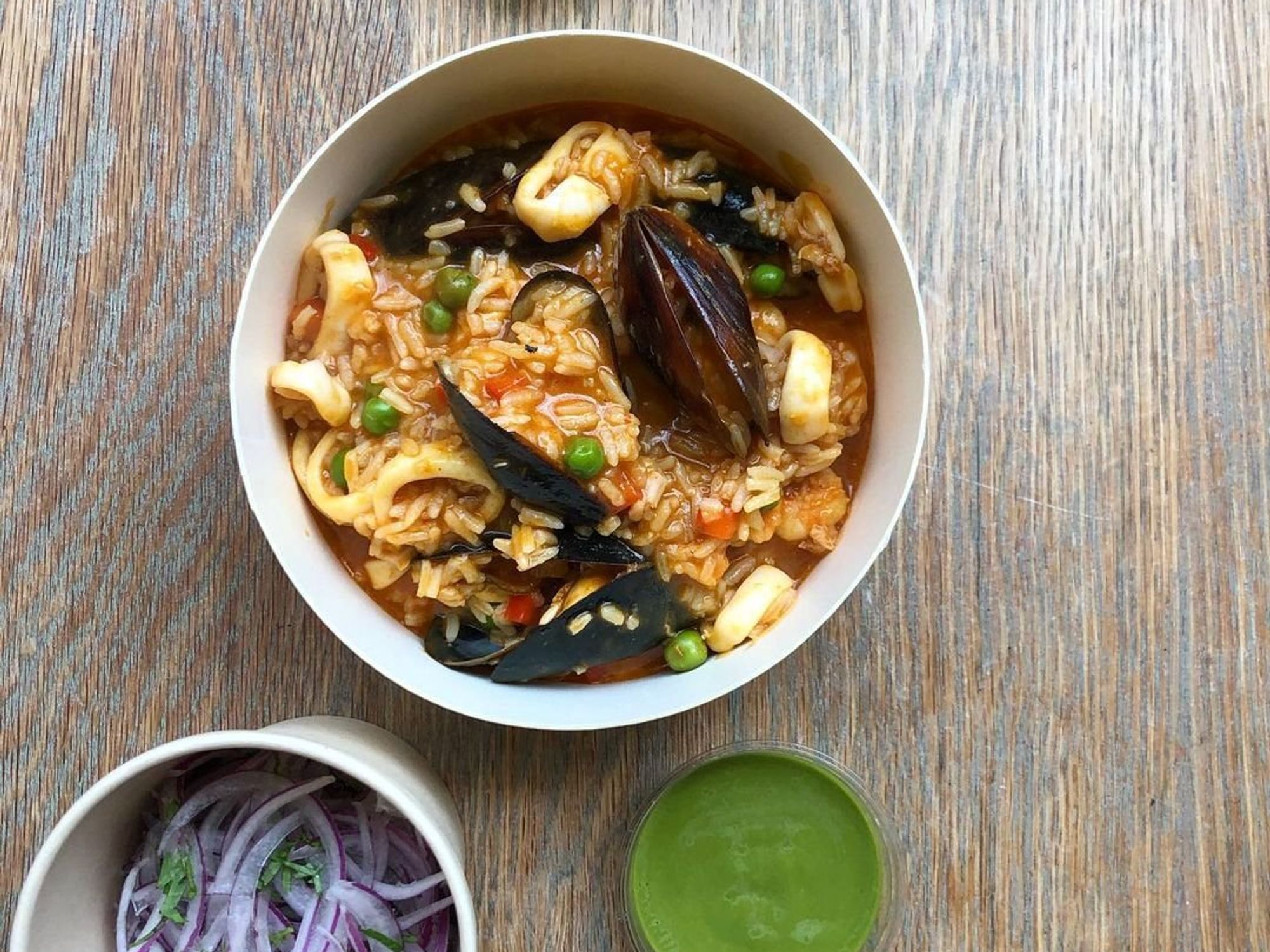
Photo by llamainnnyc on Instagram
Another great option in the Big Apple is the Llama Inn, a Peruvian restaurant with a Bib Gourmand distinction. The Llama Inn is known for its modern ambiance and for taking Peruvian cuisine to another level. Chef Erik Ramirez brings his unique vision, providing fresh and fun dishes that elevate Peruvian staples like anticuchos, which are usually beef skewers, but Llama Inn offers options like beef hearts and scallops. They’re accompanied by coconut rice, corn, and salsa, reflecting Peru’s richness of ingredients.
Elcielo Miami

Photo by elcielomiami on Instagram
Miami’s population is 70% Latino, so there are hundreds of Latin American restaurants to check out. If you’re going for a Michelin star experience, Elcielo Miami offers that. Founded in 2015 by Colombian Chef Juan Manuel Barrientos, this restaurant is high-end and has earned one Michelin star. Chef Barrientos uses avant-garde cooking techniques and local organic products to offer an elevated experience of Colombian cuisine. “The Experience” consists of a variety of small bites that lead up to the main courses, telling a story with Latin American flavors. They’re known for their dramatic dish presentations and bold flavors, so it’s an unforgettable experience.
Azul Mariscos
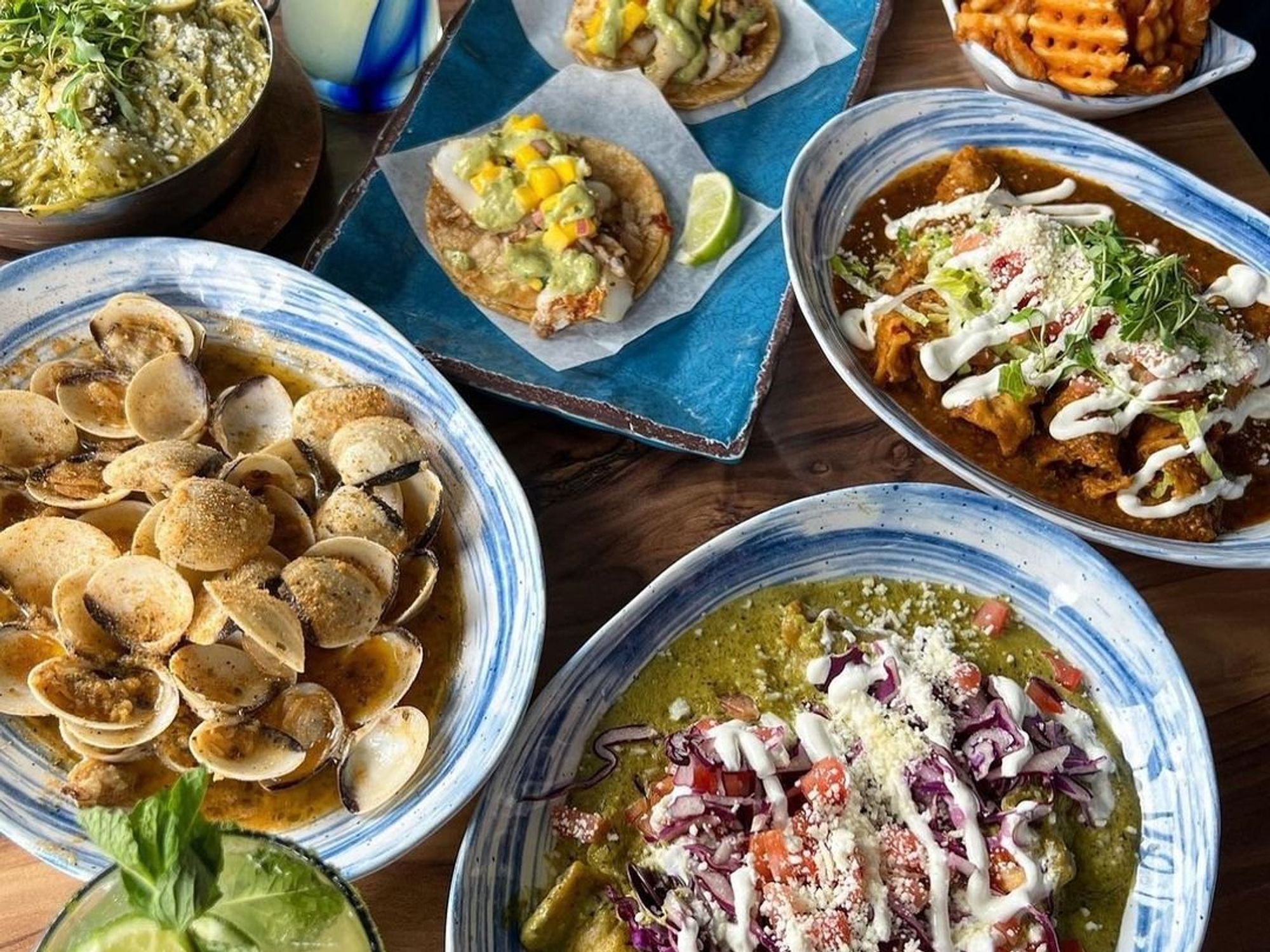
Photo by azulmariscoschicago on Instagram
Located in Chicago, Azul Mariscos offers a Pan-Mexican menu that will blow you away. Their specialty is Latin-inspired seafood dishes, so that’s what they’re known for. Among the most popular options on the menu, there’s the grilled pineapple stuffed with octopus, Chihuahua cheese, and a delicious Chipotle sauce, and their incredible seafood paella. Every dish they offer has well-rounded flavors and impressive aesthetic presentations, not to mention the ambiance is vibrant and welcoming. Another great recommendation from the Michelin Guide!
Imperfecto
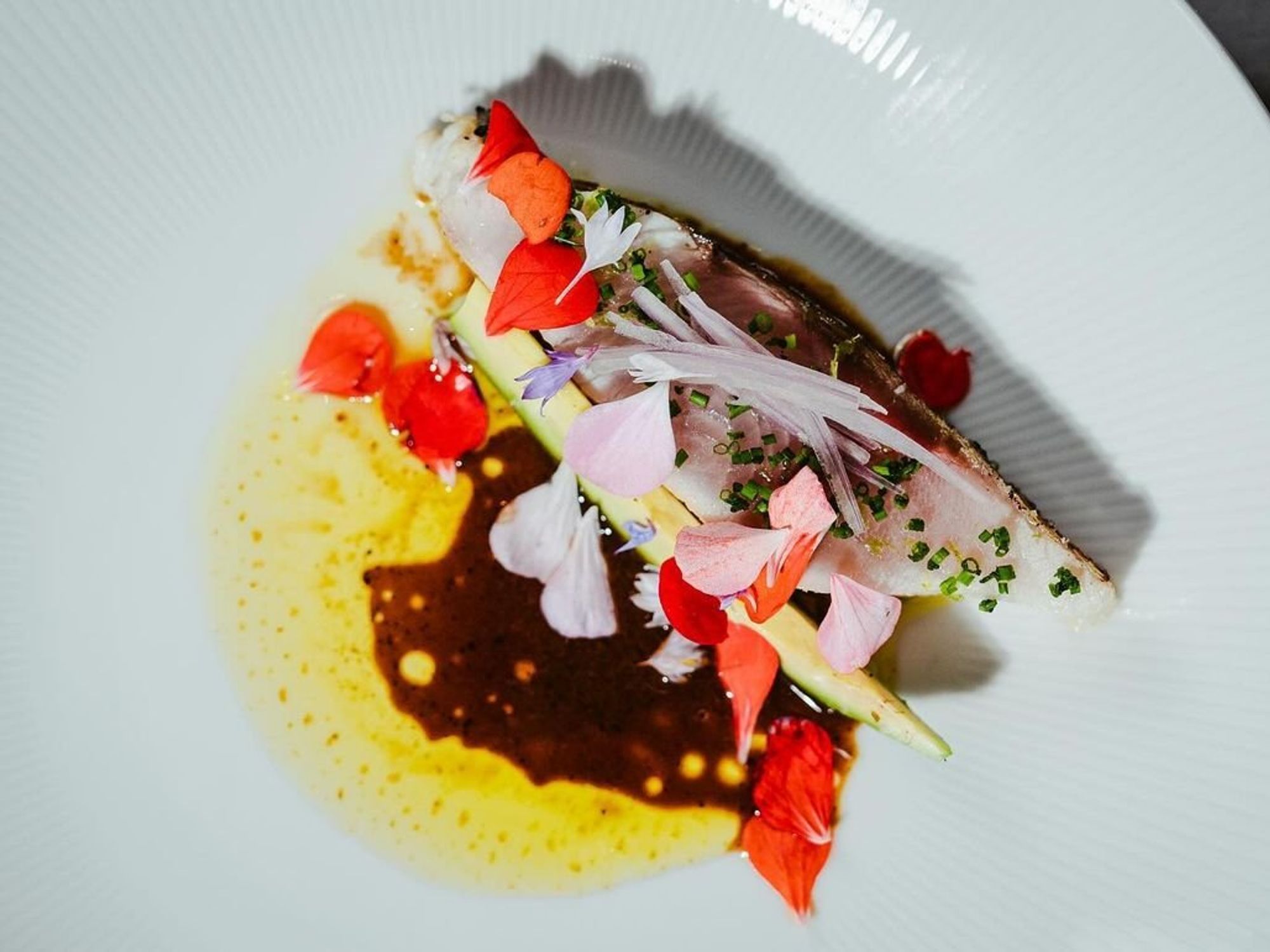
Photo by imperfectodc on Instagram
In Washington, Imperfecto is the place to visit for Michelin-starred Latino dishes. Imperfecto offers the “One Michelin Star Experience” at their Communical Chef Table and it consists of an incredible tasting menu of over 10 courses. The menu takes you on a ride from South America to the Mediterranean, through a variety of dishes. Imperfecto is one of the restaurants under the Seven Reasons Group, which also includes the Seven Reasons restaurant, which offers a varied menu with dishes from Venezuela, Peru, and the Caribbean. That’s also worth checking out!
Habana
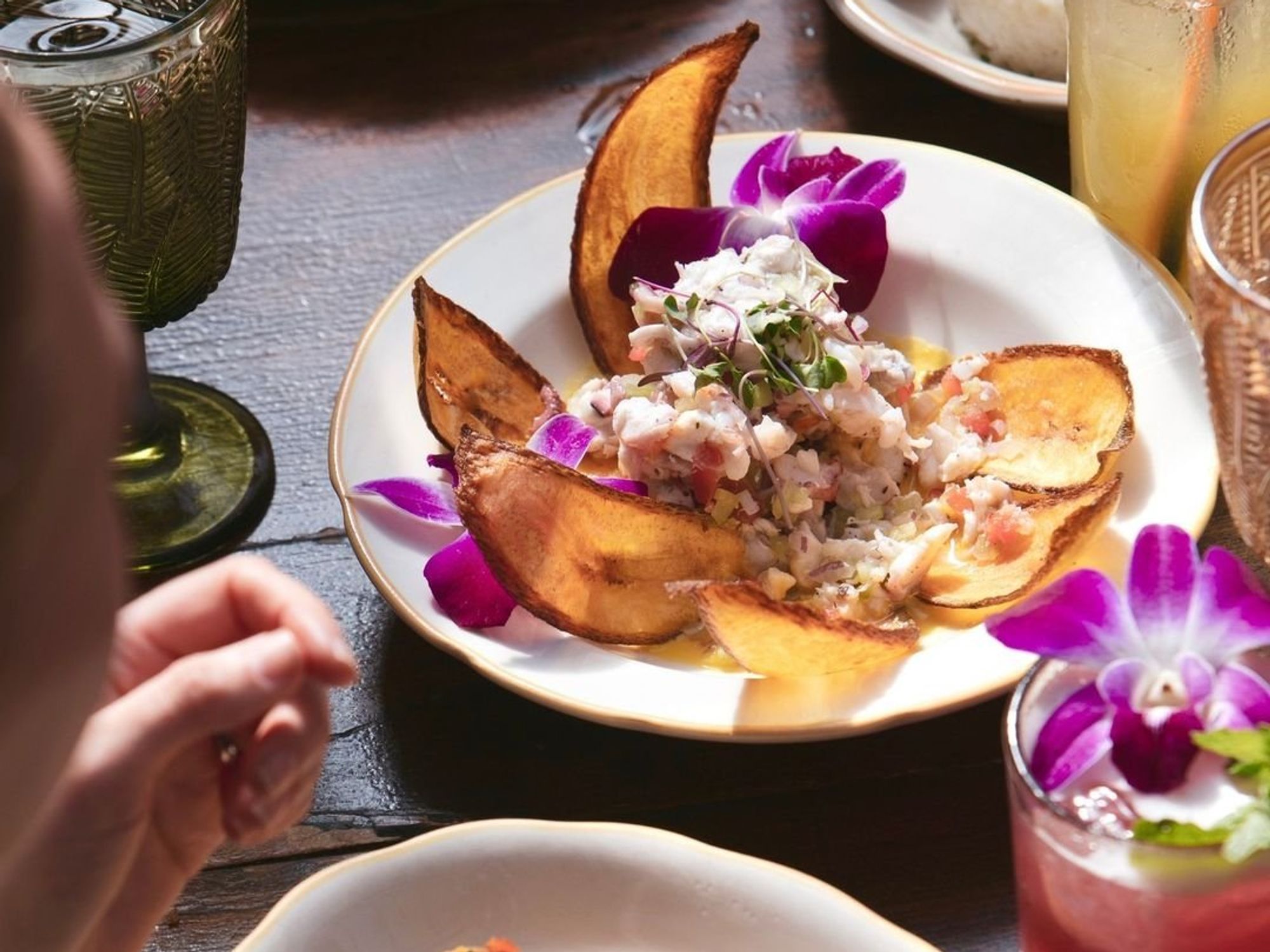
Photo by restauranthabana on Instagram
Featured in the Michelin Guide and located in Costa Mesa, Habana is a bit of a hidden gem and it offers a taste of Cuba. Their menu provides a lot of variety, so you’ll find dishes like pork croquetas, empanadas with different kinds of filling, sandwiches, traditional options like ropa vieja, a dish that consists of shredded beef, sofrito black beans, buttered white rice, and sweet plantains, and much more. “El Churrasco” is another standout dish with grilled skirt steak, chimichurri, and corn on the cob; perfect for meat lovers! They also have “Mojito Mondays,” where they offer a variety of mojitos, including pineapple mojitos, toasted coconut mojitos, and more.
Cafe La Trova
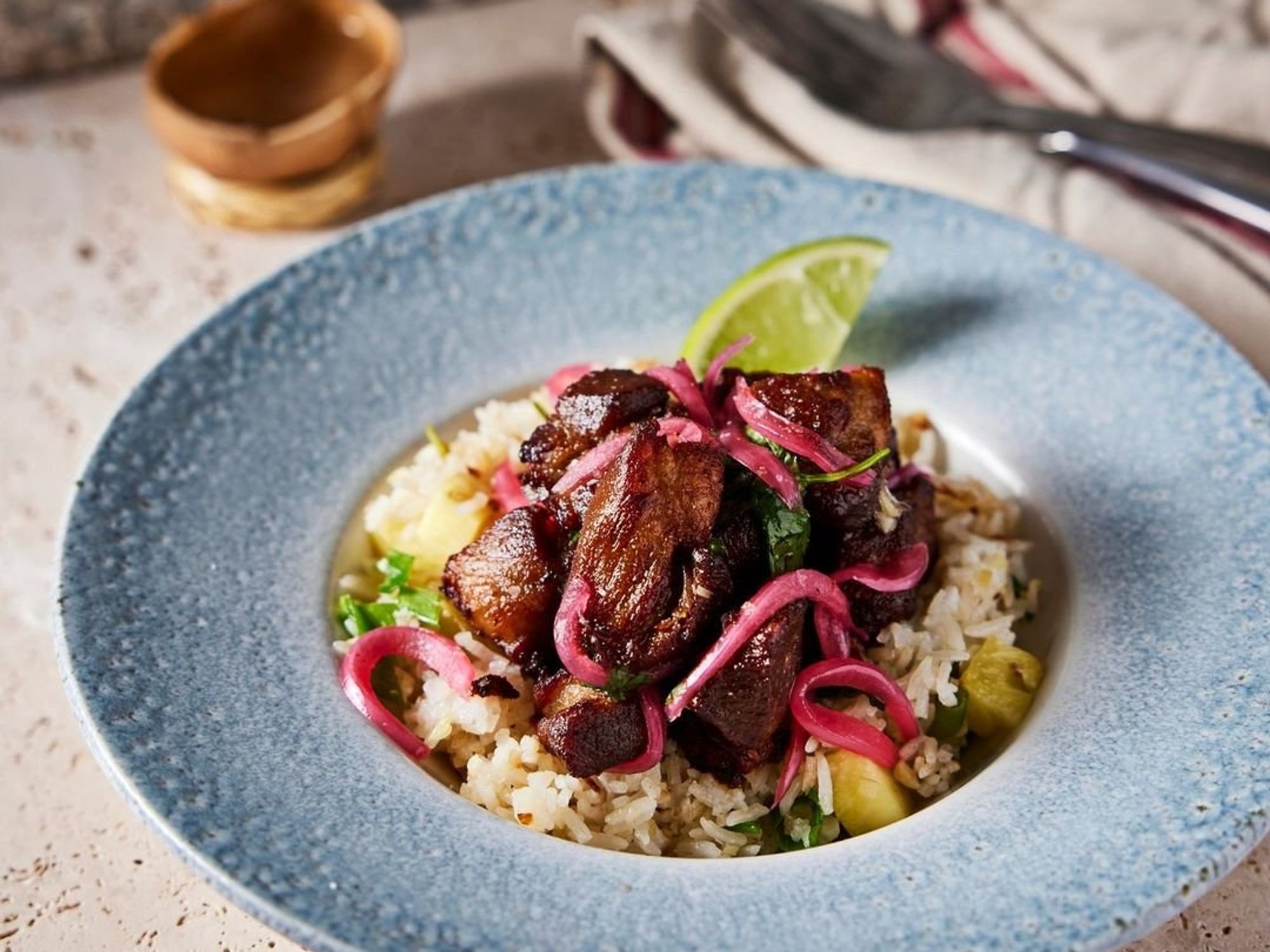
Photo by cafelatrovamiami on Instagram
The Cafe La Trova is a great option in Miami if you’re looking for high-quality Cuban and Latin American dishes. Chef Michelle Bernstein is of Jewish and Latin American descent, so the menu features Cuban classics like lechon, which is braised mojo marinated pork shoulder, Cuban sandwich empanadas, arroz con pollo (rice with chicken), and more. Their range of Cuban-inspired cocktails and beers is also worth exploring!
Causa
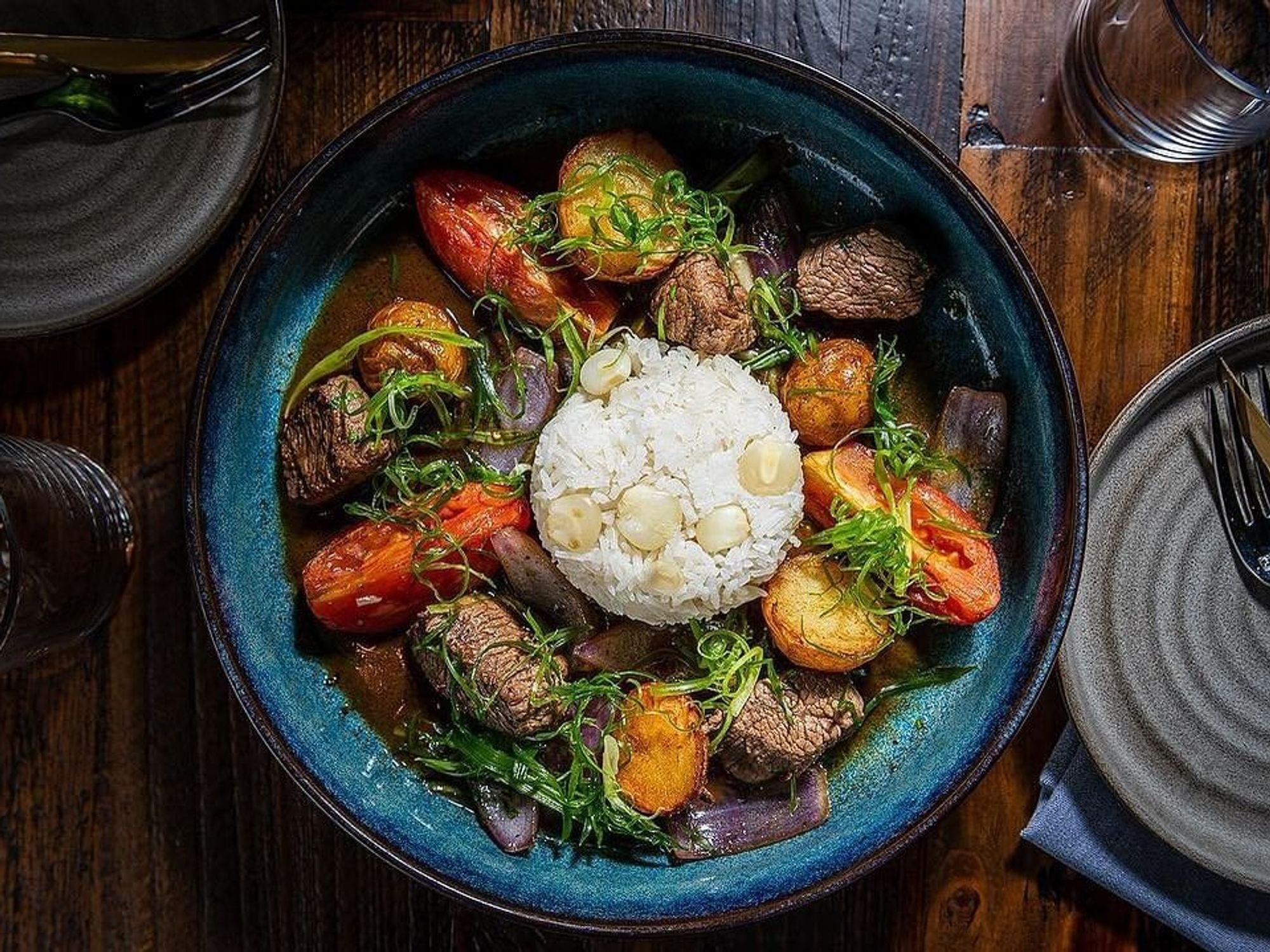
Photo by amazoniadc_ on Instagram
We’re closing this list with another restaurant in Washington! Causa has one Michelin star and it offers a tasting experience inspired by the topography of Peru. Chef Carlos Delgado created this experience to deliver a taste of Peru, where he was born, taking diners from Lima to the Andes and beyond. This one Michelin star tasting experience includes Peruvian dishes like causa, which consists of mashed potatoes topped with tuna tartare, and bomba rice. The tasting menu can also be paired with Pisco, which is a great opportunity to explore Peru’s national spirit.
- Cook Like Abuela: 8 Must-Watch Latino Cooking Channels ›
- 10 Must Try Latino Snacks & Bites ›
- Flavors of Heritage: A Tour of Latino Gastronomic Festivals ›
- 10 Signs You're a Latina Foodie and You Know It ›
- 7 Traditional Latino Dishes with a Modern Twist ›














